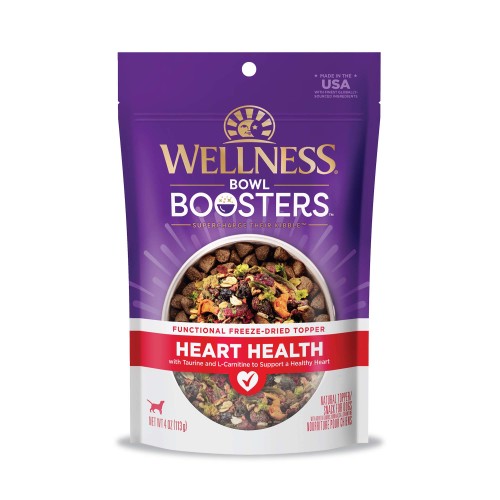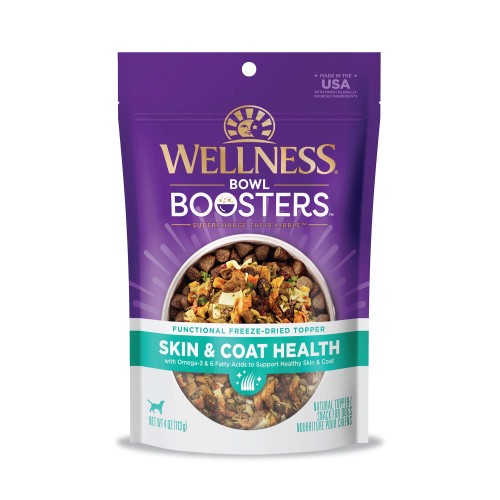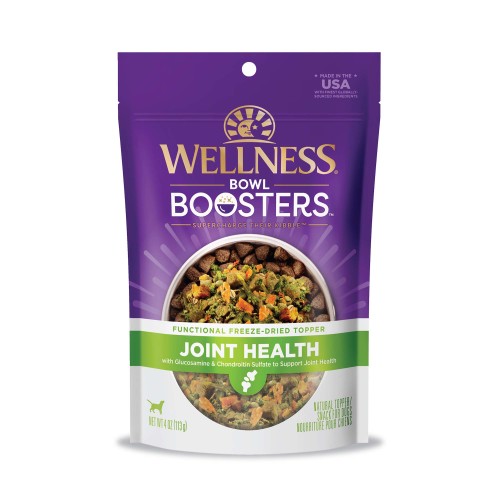March 27, 2025
5 Tips To Achieve The Best Diet For Your Dog
Feeding a wholesome, nutritious, tasty diet to your dog is a huge priority for a loving pet parent. Whether you’re new to having a dog or have been a dog parent for a while, you may have some questions about improving your dog’s diet. Keep reading to learn about our 5 tips to achieve the best dog diet for your canine buddy!
Why You Might Be Thinking About Your Dog’s Diet:
There are plenty of reasons to think about your dog’s diet, even if your dog has been part of the family for some time. Here are a few examples:
- Recently adopted a new member of the family
- Thinking about switching your dog’s food
- Feeding a picky eater
- Learned about a new dog diet
- Supporting your dog through life events or changes, like growing older or losing teeth
- Noticed some digestive issues, appetite changes, or other issues
- Need to help your dog lose weight or eat better
Whether any of these reasons apply to you, or you just want to make sure you’re feeding your dog right, use our five tips below to help improve your dog’s diet!
Five Tips To Achieve The Best Dog Diet:
1. Check The Nutrition Label
Before you buy dog food, make sure to check the nutrition label to learn about what you’re feeding your dog. Nutrition labels list ingredients in the order of largest to smallest amount used. Do you recognize the ingredients, especially the first five? Is protein listed first?
Adult dogs need a complete and balanced diet containing these nutrients:
- Protein
- Vitamins and minerals
- Probiotics to support digestive health
- Prebiotic fibers for a healthy gut
- Carbohydrates
- Essential fatty acids
The exact amounts of each type of nutrient needed will depend on your dog’s age, size, activity level, and more.
2. Choose The Right Food For Your Dog’s Life Stage
Growing puppies, healthy adult dogs, and senior dogs have different nutritional requirements.
- Puppies up to one year old usually have high caloric and protein requirements. Choose a dog food recipe specially crafted to promote healthy development and growth.
- Adult dogs between one and seven years old need to maintain their weight and muscle mass. Fuel your dog’s best life with high-quality adult dog food.
- Senior dogs are those over the age of seven. Even if they still appear young, healthy, and energetic, dogs at this age and older need help maintaining a healthy weight without putting too much strain on their joints.
Help your dog stay playful and active through all life stages with the right recipe for their age.
3. Consider Factors Like Size, Breed, And Activity Level
Puppies, adult dogs, and senior dogs aren’t the only ones with nutritional differences. Your dog’s size, breed, and activity level also influence the dog food that suits them best.
- Toy breeds and small dogs need food with smaller kibble pieces. Dog foods for these breeds are specially crafted to deliver a balanced diet without being too high in calories.
- Larger dogs may experience joint problems if overfed. Due to their size, it can also be difficult to judge their intake needs and activity levels.
Similarly, athletic, active, or working dogs may require more protein and fat than less active dogs who only go on a couple of walks each day. Make sure you check with your vet to better understand your dog’s nutritional needs and find a dog food recipe that fuels their best life.
4. Know Your Options
Part of the challenge of finding the right food for your dog is knowing the many options that are out there and finding the most appropriate one. For example, does it make sense to feed your dog grain-free vs. wholesome grains or high protein vs. complete and balanced, or would your dog benefit from digestive health focused foods?
- Wholesome Grains: Grained dog food contains a good source of protein (such as chicken or lamb), plus barley, oats, and other wholesome grains that provide necessary antioxidants and fiber to support your dog’s immune system and overall health.
- Grain-free: Grain-free dog food contains no grains but uses veggies and other grain-free sources of carbohydrates, along with a protein source, to provide your dog with the energy it needs to thrive.
- High-protein: High-protein dog foods are made for lean body mass and muscle tone and are ideal for highly active dogs. These may be available in either grain-free or wholesome grains.
- Digestive health: Food that supports digestive health and a dog’s gut microbiome is easy to digest and contains digestive enzymes, prebiotic fibers, and probiotics.
Which option you choose depends on your dog’s nutritional, digestive, and immune system needs. Dogs with grain allergies would benefit from a grain-free food. If a dog has a finicky GI system, the digestive health option might be best. These options help dogs of all ages live their best lives, from puppies to seniors.
5. Find A Good Balance Between Nutrition And Preferences
Finding nutritious dog food is great, but the healthiest food in the world won’t help if your dog doesn’t want to eat it. Keep your dog’s preferences in mind as you search for a dog food recipe that is both healthy and delicious:
- Flavor: chicken, turkey, beef, fish, and other ingredients change the flavor of the dog food. You can also find dog food recipes that combine flavors.
- Texture: if your dog has difficulty chewing, try adding water to dry kibble or switching to wet dog food. You may also find that your dog likes one texture over the other, but a combination may also work.
It may be helpful to add mixers and toppers to boost the nutritional content of your dog food. For example, Wellness CORE Bowl Boosters contain digestive enzymes and whole pieces of meat, fruits, vegetables, and grains to add flavor and health to your dog’s bowl.
You can also add whole ingredients such as raw or lightly cooked vegetables and eggs. Yogurt, canned fish, and fish oil can also be good add-in choices.





